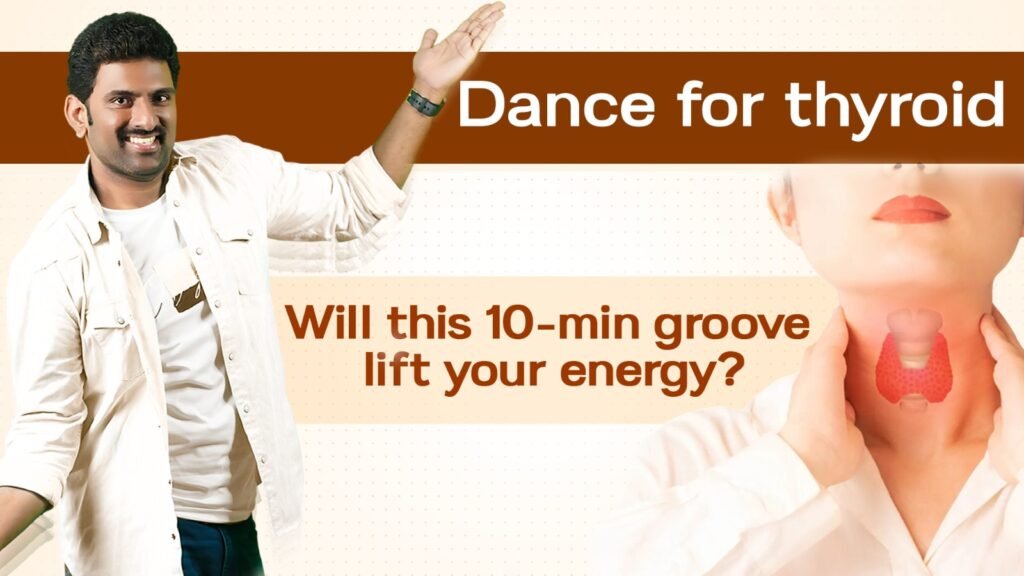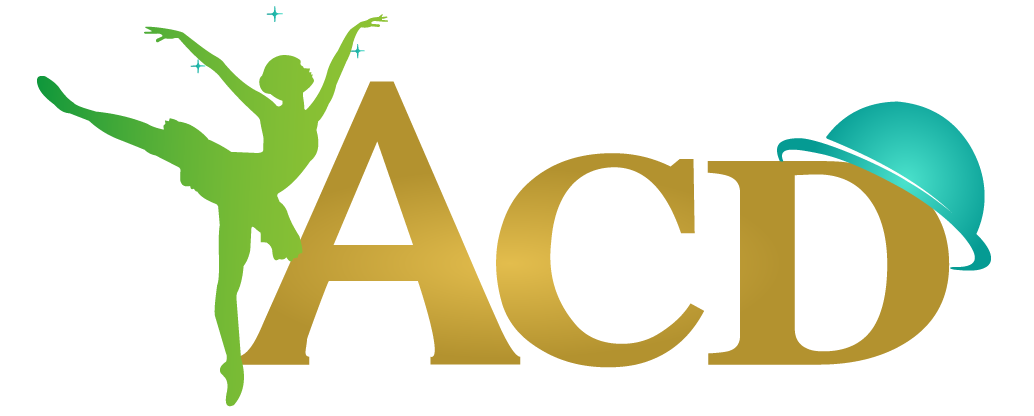
Introduction: Dancing with the Thyroid
Fatigue. Cold hands. Unexplained weight gain. For millions living with hypothyroidism or sluggish thyroid function, these are daily struggles. But there’s a surprising, joyful tool that can help: dancing. Yes, movement to music can support thyroid function in multiple scientifically validated ways.
Understanding the Thyroid
The thyroid gland regulates your metabolism—the rate at which your body burns calories and produces energy. Hypothyroidism slows this process, leading to weight gain, brain fog, and depression. While medication like levothyroxine is standard, lifestyle changes are vital for holistic support.
Why Dance Works for Thyroid Health
1. Stimulates Circulation and Lymphatic Flow
Gentle, rhythmic movements enhance blood flow to the thyroid gland and support detoxification through the lymphatic system. Movement acts like a massage for the endocrine system.
2. Boosts Mitochondrial Activity and Metabolism
A 2018 study in Endocrine Connections showed that moderate aerobic exercise improved mitochondrial function in hypothyroid patients, helping restore metabolic activity. Dance qualifies as moderate-intensity aerobic exercise.
3. Reduces Inflammation and Stress Hormones
Chronic stress and inflammation suppress thyroid hormone conversion (T4 to active T3). A 2014 study in Frontiers in Psychology confirmed that dance significantly reduced cortisol levels while increasing serotonin, a neurotransmitter tied to thyroid health.
4. Enhances Mood and Motivation
Depression and fatigue are common in thyroid dysfunction. Dancing boosts dopamine and endorphins, making it easier to maintain regular movement, which is crucial for metabolic stimulation.
5. Improves Sleep Patterns
Evening dance sessions help regulate circadian rhythms and improve sleep quality—a key factor in hormone balance and thyroid recovery.
Scientific Evidence
- A study published in the Journal of Physical Therapy Science (2017) showed that 8 weeks of dance-based exercise significantly improved fatigue and depression scores in women with hypothyroidism.
- In Hormone and Metabolic Research (2012), researchers found that exercise increased TSH (thyroid-stimulating hormone) sensitivity in overweight individuals with subclinical hypothyroidism.
- The Journal of Complementary and Integrative Medicine (2020) supported dance therapy as a holistic adjunct to thyroid health management, especially for patients seeking non-pharmacological options.
Real-Life Example
Priya, a 38-year-old teacher, struggled with low energy and weight gain due to hypothyroidism. She began a 15-minute “thyroid groove” routine daily—starting with neck rolls, hip circles, and light foot taps. Within 6 weeks, her energy improved, her waist dropped 3 cm, and her sleep normalized.
How to Start
Morning Flow (10 mins):
- 1 min shoulder and neck rolls
- 3 mins hip sways and arm circles
- 5 mins mid-tempo dance with core activation
- 1 min breath-based cool down
Evening Calm (10 mins):
- 2 mins swaying to soft music
- 3 mins leg swings and gentle stretching
- 5 mins slow rhythmic movement with deep breathing
Supportive Practices
- Pair dance with a selenium-rich diet (Brazil nuts, eggs).
- Stay hydrated to support lymphatic function.
- Track symptoms weekly to notice subtle improvements.
Conclusion: Let Movement Heal
The thyroid responds to rhythm, not just pills. With consistent dance, you’re not only burning calories—you’re activating glands, lifting moods, and reclaiming energy. So instead of waiting for metabolism to “wake up,” why not dance it awake?
Citations
- Endocrine Connections (2018). Effects of aerobic exercise on mitochondrial function in hypothyroid patients.
- Frontiers in Psychology (2014). The emotional and neurochemical benefits of dance movement therapy.
- Journal of Physical Therapy Science (2017). Dance exercise improves fatigue and mood in hypothyroid women.
- Hormone and Metabolic Research (2012). Exercise-induced changes in thyroid function.
- Journal of Complementary and Integrative Medicine (2020). Dance therapy for chronic conditions.
